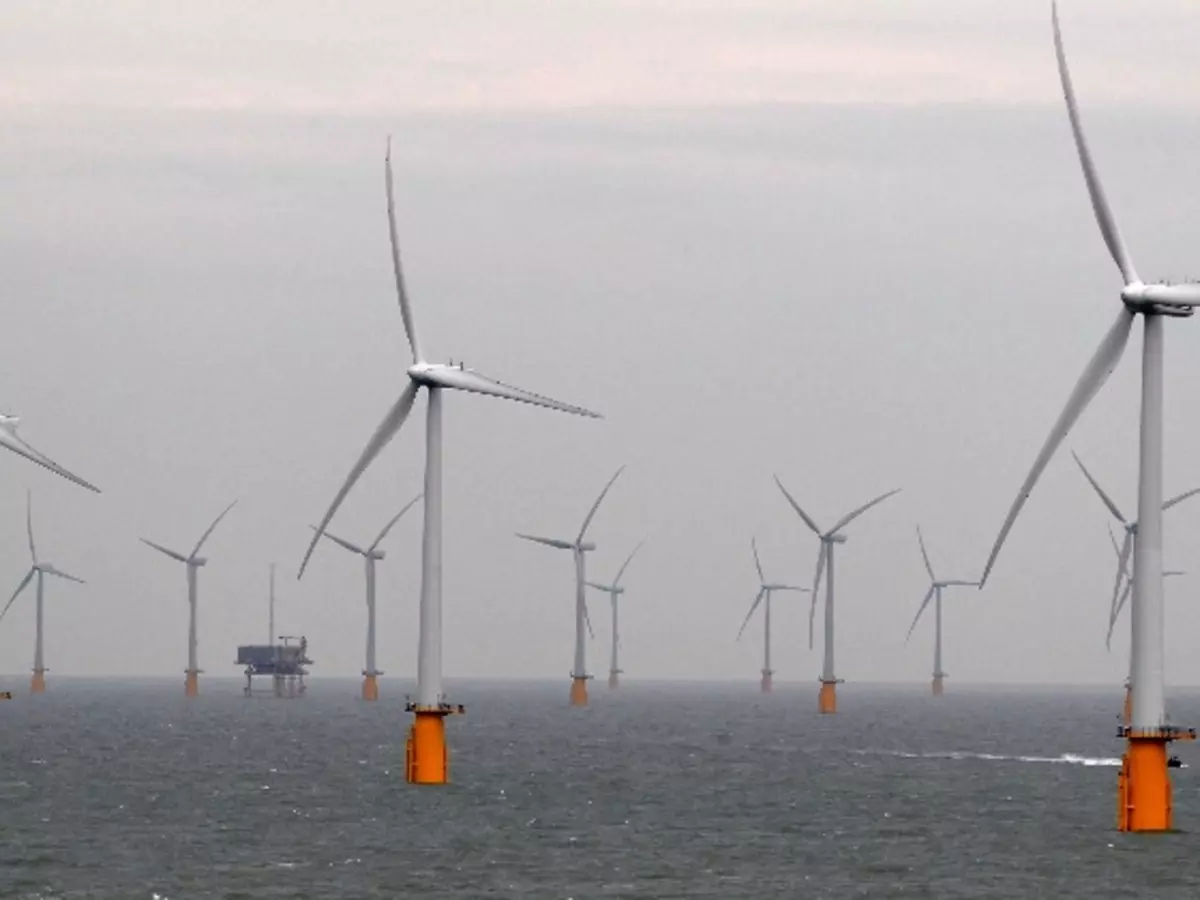Wind Energy Over Our Seas & Oceans Is More Than Enough To Power Entire Human Race!
A scientific paper has concluded that wind power generation over some ocean areas can exceed power generation on land by a factor of three or more.

Renewable sources of energy are seeing increased demand, as fossil fuel consumption continues to diminish. Granted we can't hurt our only planet, but we still need electricity for Internet and stuff.
Solar prices are falling faster than ever, but wind energy (if harnessed in total) can truly end our energy crisis once and for all.

Reuters
New research suggests there is enormous potential for wind energy generated over oceans and seas, greater than all existing sources of conventional energy generated on land.
There is so much wind energy that could be harnessed over Earth's oceans that we won't need anything else, giving strong momentum to the notion of large floating wind farms far out in deep waters, which could be the next step in the global wind energy sector's evolution.
The research paper argues that wind turbines are inefficient when deployed on land. ¡°If each turbine removes something like half the energy flowing through it, by the time you get to the second row, you've only got a quarter of the energy, and so on,¡± explained Ken Caldeira of the Carnegie Institution for Science in Stanford, Calif, in a Washington Post report. This slows down the wind speed.
The ocean doesn't suffer from this problem because wind speed can be 70% faster over a large waterbody compared to land. Not only that, but according to research, storms transfer powerful wind energy down to the surface (sea level, where turbines are saturated) from higher altitudes. This means the limit for how much energy you can generate with turbines is considerably higher, compared to land.
If we were able to deploy wind turbine farms over an area as large as Greenland -- which is about 3 million square kilometer -- somewhere in the North Atlantic Ocean, it could take care of entire humanity's current power needs, or 18 terawatts, the research suggests.
